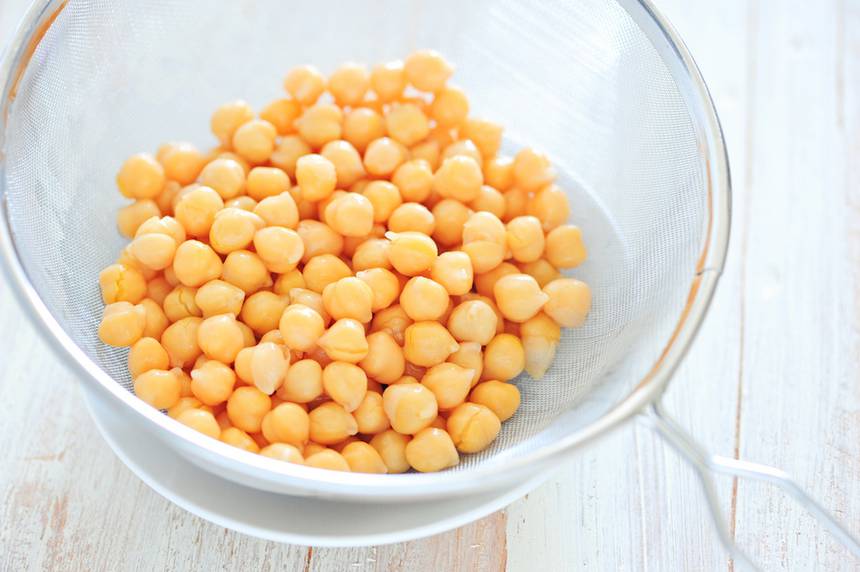This is more than just a fad. North American eaters are finally catching up with the rest of the world.
It’s hard to believe that, once upon a time, chickpeas were weird and foreign to North American eaters. Now they’re one of the hottest foods on the market and a staple in most pantries. Monthly Google searches for ‘chickpeas’ have more than tripled in the past eight years. PepsiCo purchased a 50 percent share in Israeli hummus company Sabra in 2008. Something big is going on.
Writing for the Atlantic, Amanda Mull explores the reasons for the chickpea’s meteoric rise. First, it’s viewed as highly nutritious. With 15 grams of protein per cup when cooked, it’s a perfect fit for a society obsessed with upping its protein intake whenever possible. (There’s some good fiber in there, too – not that anyone seems to care.)
A plant-based protein source fits in well with the slow but steady move away from meat consumption. Mull writes that, from 2005 to 2014, the amount of red meat eaten in the U.S. dropped by almost one-fifth. Chickpeas fill part of that void:
“The global cuisines [chickpeas] commonly appear in are ones that de-emphasize meat in ways that Americans are starting to see as more valuable. People in the United States aren’t trying anything new. Instead, they’re regressing to the global mean after generations of profligate meat consumption that many now consider unwise.”
Chickpeas are affordable and accessible. There’s nothing elitist about chowing down on chickpeas; in fact, one could argue they’re a symbol of frugality, the antithesis of expensive health trends like imported avocados and gluten avoidance.
From an environmental perspective, chickpeas are exactly the kind of thing we need to grow more of. They require relatively little water to produce and are primarily rain-fed. One pound of pulses requires only 43 gallons of water to produce, compared to 1,857 gallons of water for one pound of beef (via Pulses.org). Chickpeas are nitrogen-fixers, meaning they enrich the soil in which they grow; this replaces the need to add nitrogen fertilizers.
As second-generation immigrants reach adulthood in the United States, they have more say over what appears on store shelves and restaurant menus. Chickpeas have featured in diverse cuisines for millennia – Indian, Turkish, Ethiopian, Middle Eastern, Greek, Italian, and Spanish – so it makes sense for people with these cultural backgrounds to be normalizing their use.
At a time when many Americans claim to have food allergies, chickpeas are amazingly non-allergenic. As food scientist Ali Bouzari told Mull, “Chickpea is one of the five or 10 ingredients that, universally, everyone is okay with putting in their stuff.”
Last but not least, chickpeas are versatile. They can be eaten plain, blended, stewed, roasted, mashed, or powdered. They often have a creamy, starchy consistency that Americans instinctively love. Their liquid from a can, known as aquafaba, is a vegan substitute for egg whites and creates fizzy foam, minus the salmonella threat.
Move over, moringa, goji, and açaí. The plain old chickpea is where it’s at. This is a real superfood.
